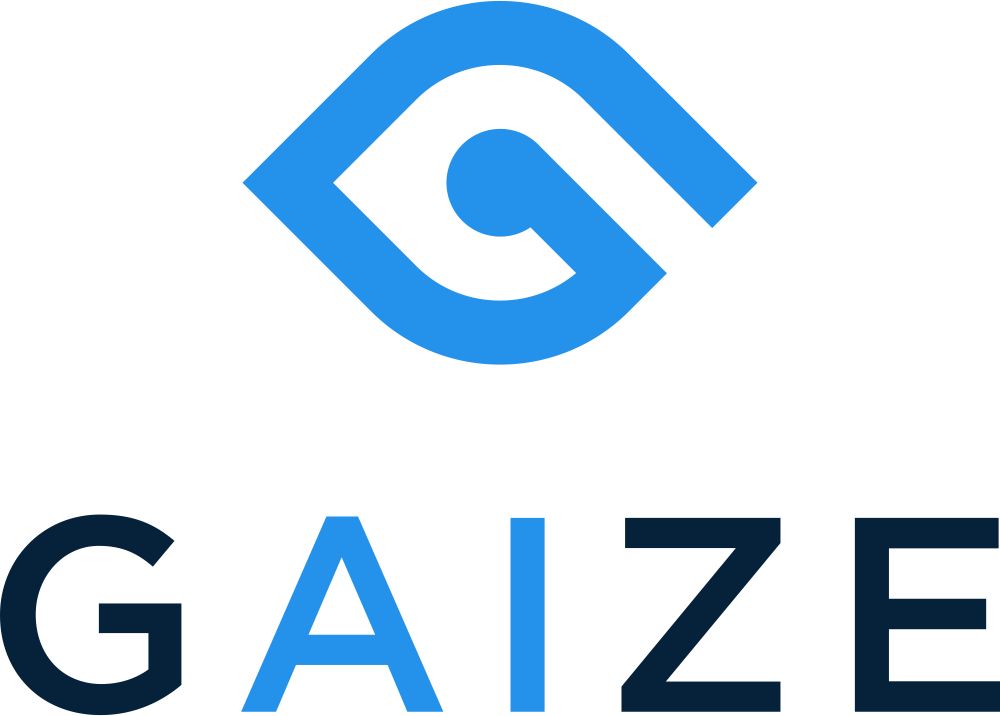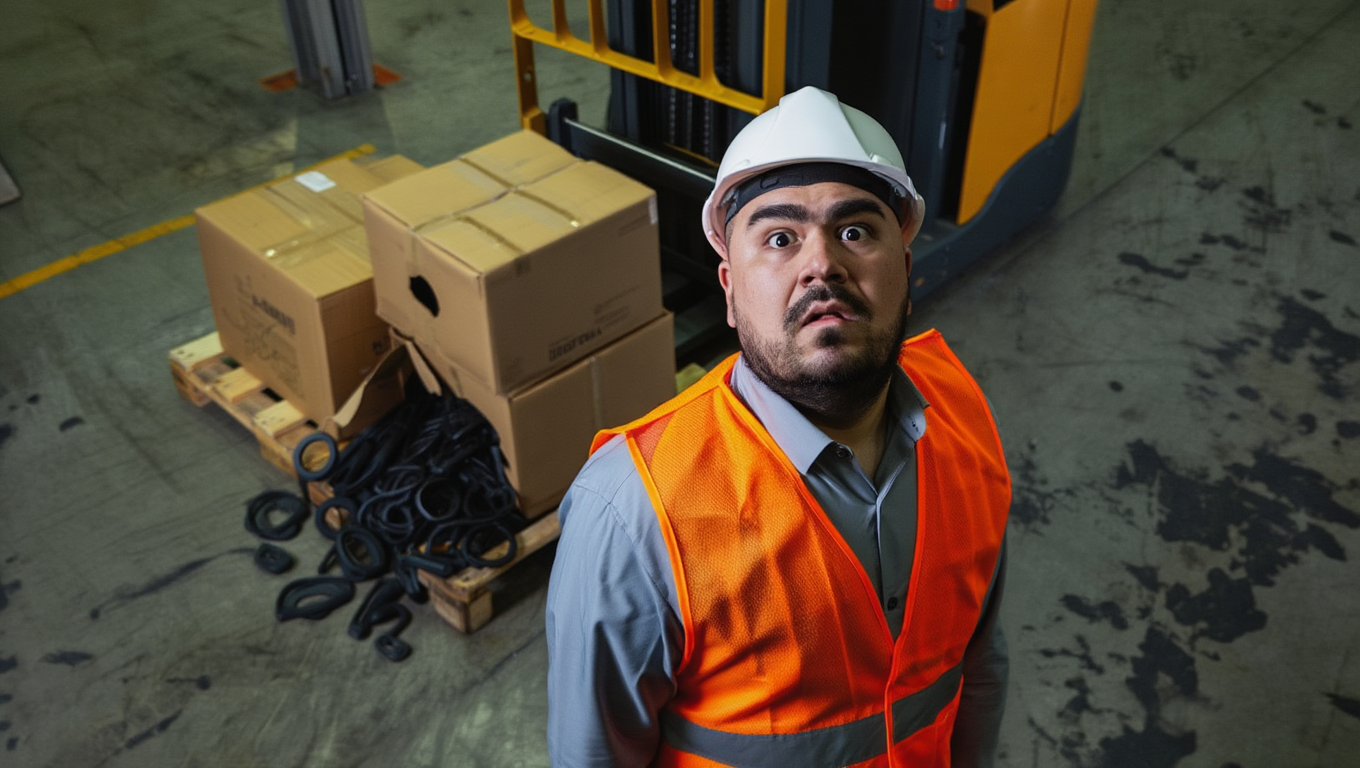Firing Someone for Off-Duty Cannabis Use is a Mistake — Here’s a Better Way
It started with a particularly busy day and instructions to move fast in the morning meeting.
Then, a bump and a crunch.
On a Tuesday morning in a large warehouse in Nevada, Jake, a reliable and safety-conscious forklift operator, accidentally impacted a pallet while maneuvering through a tight corner. No one was hurt, and the damage was minor—a couple of crushed boxes and some spilled inventory, but company policy dictated a mandatory drug test after any incident involving heavy machinery.
Jake knew he could be in trouble. Although he hadn’t used cannabis that day, and was completely sober, he’d used cannabis at home two days ago.
Like many adults in THC-legal states, he uses THC products occasionally and responsibly, always on his own time. His weekend routine includes a few puffs to help unwind, the same way others might pour a glass of wine, but because THC can linger in the body for days or even weeks, his drug test could come back positive.
Despite a spotless safety record, strong work ethic, legal access to marijuana, and no evidence of impairment on the job, Jake was found to have THC in his system and was fired.
A Responsible Employee, an Irresponsible Policy
Jake’s story isn’t unique. Companies operating in legal cannabis states are caught in the crossfire between outdated drug testing policies and evolving cannabis laws and societal norms. The old system of chemical drug testing was built to detect presence, not impairment, but in a post-prohibition era, that distinction matters now more than ever.
Cannabis metabolites can remain detectable in urine or blood for up to 30 days after consumption (source). THC remains detectable in oral fluid tests for 2-3 days since the last use (source). That means employees can be terminated for legal, responsible, off-duty behavior that has zero impact on their ability to do their job.
This kind of policy doesn’t enhance safety. It undermines it, along with employee trust, culture, and longevity. Now you’ve lost a good employee, and you’ve created a chilling effect where workers may not report incidents, injuries, or close calls for fear of losing their job due to a drug test for a legal substance.
Faced with the extraordinary costs of these incidents - including firing, rehiring, retraining, and often, making a poor hiring decision, some employers are simply ignoring cannabis. This creates implicit permission for employees to actually use on the job, further exacerbating safety issues.
There has to be a better way.
The Better Way: Impairment Detection Technology
Now imagine a different version of Jake’s story.
Jake bumps the pallet. No injuries. Minor damage.
His supervisor pulls him aside and asks him to take a quick impairment test using a tool like Gaize’s VR-based impairment detection system. In under 10 minutes, the system evaluates Jake’s eye movement and pupil response through simple protocols modeled after Drug Recognition Expert (DRE) evaluations.
The results? No signs of impairment. Jake goes back to work.
The incident is noted, maybe retraining is scheduled, but a valued team member remains employed, and the company avoids a costly and unnecessary firing.
Real Numbers: The ROI of Doing the Right Thing
This single incident could have cost the employer over $25,000 after all the associated time and costs are accounted for. Instead, they’ve built a culture of mutual respect and safety with their employees.
Let’s look at the costs involved in Jake’s firing:
| Item | Cost |
|---|---|
| Cost of Drug Test | $100 |
| Cost of Transport to and from Drug Test | $60 |
| Cost of Supervisor Time for Incident | $500 |
| Cost of 1 Week Leave Waiting for Lab Confirmation | $1,500 |
| Cost of HR Time to Fire, Create and Post Job, Review Applicants | $2,500 |
| Cost of Job Postings | $300 |
| Cost of New Hire Onboarding and Drug Test | $500 |
| Cost of Training New Hire | $2,000 |
| TOTAL COSTS | $7,460 |
That’s for one minor incident.
Now compare that to the cost of an impairment test, which is zero incremental cost for Gaize, and takes under 10 minutes.
Not only does this save thousands of dollars per incident, but it avoids long-term harm to team morale and reduces legal liability. If you’re running a business with even a few incidents per year, this easily translates to tens of thousands of dollars saved annually, not to mention the trust of your team.
Culture, Fairness, and Employee Morale
The implications of impairment detection technology go beyond dollars and cents. Let’s talk about fairness and culture.
Employees talk. When someone is fired not for being high, but simply for testing positive after a legal and responsible weekend activity, it sends a clear message: we don’t trust you and we don’t care if you’re treated fairly.
That breeds resentment, a lack of loyalty, and disengagement - all shown to be massively costly. It punishes honesty and responsibility, while rewarding secrecy and avoidance. It creates a culture of fear instead of one of accountability. You don’t punish people for having a glass of wine on their personal time. That would be crazy. The same principle applies to legal cannabis.
Impairment detection technology fosters a culture of respect and fairness. It shows that the company cares about actual safety, not outdated ideas about moralizing cannabis use. It recognizes that workers are adults with legal rights and personal lives. And it reinforces a commitment to safety that is evidence-based, not fear-based.
The New Reality of Cannabis in the Workplace
Most companies—especially those in states where cannabis is legal—have already had to make painful decisions about employees who used cannabis legally off-duty. Whether it was someone with anxiety who used THC to sleep, or someone replacing opioids with edibles, the result was often the same: a failed test, and a termination.
This doesn’t have to be the way forward.
Impairment detection technology offers a new path. It allows businesses to maintain safety standards while also respecting employees’ rights. It reduces turnover, lowers costs, and builds a better workplace culture. That’s not to mention the massive deterrent effect that the technology has against workplace impairment.
Gaize customers routinely tell us about how they put our technology in problematic locations, and the problems simply disappear. It turns out that when employees know that their workplace impairment can be detected, they stop showing up to work high. That’s the best possible outcome and it’s akin to pointing a camera at the cash register. The bad behavior simply stops.
If your company is still relying on chemical testing alone, it’s time to ask why, and if that’s the kind of workplace you want to have. With approximately 30% of Americans using cannabis at least occasionally, are you unnecessarily constraining your hiring pool? Are you enforcing workplace safety, or just punishing safe, legal and responsible off-duty behavior?
Jake didn’t need to be fired. He needed to be evaluated for impairment. The technology to do that exists today - Gaize. And the companies that adopt it will not only be safer—they’ll be fairer, have a better culture, and will be more successful.

